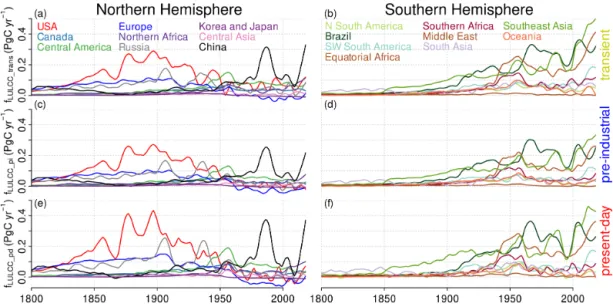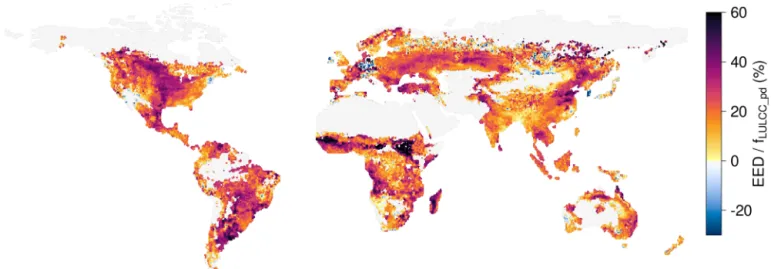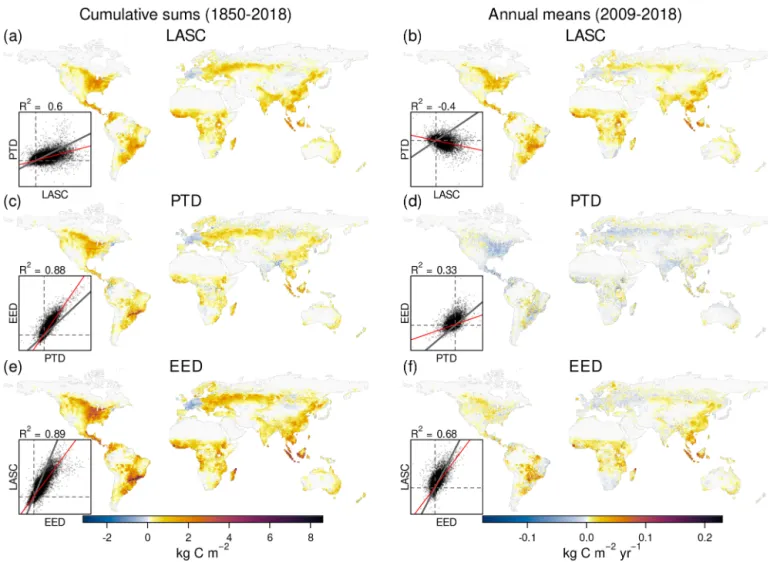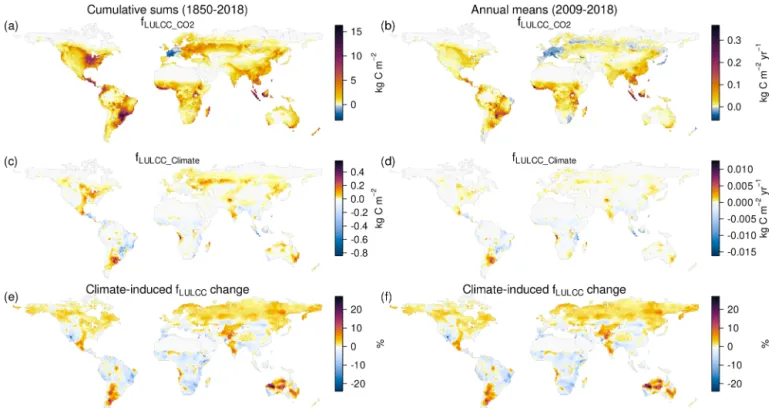Modelled land use and land cover change emissions – a spatio-temporal comparison of different approaches
Texte intégral
Figure
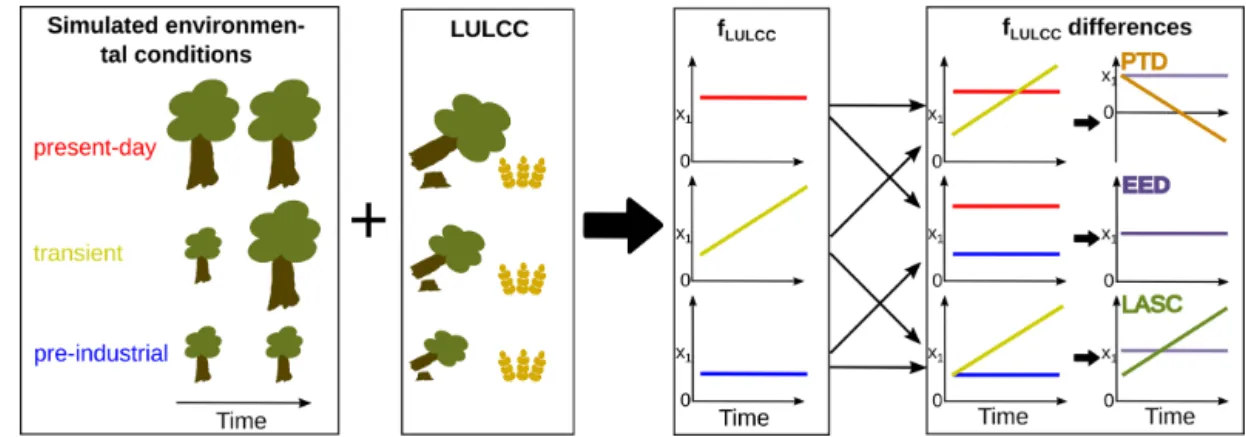



Documents relatifs
Mais parler d'une victoire à la Pyrrhus pour les girondins est peut-être encore plus évident dans les. comportements et
Lower trace: synthetic spectrum, calculated at the same experimental conditions using the line list generated in this work. The observed and synthetic spectra are in
This Land has been declining for many years and faces a process of continuous degradation of natural resources (soil, water, vegetation...). The reasons for this phenomenon
when firms or countries, globally, bank a positive quantity of emission permits, the marginal value of an additional unit of emissions banked remains constant in the case of
To probe the underlying mechanism by which the DII loop contributes to RON2 binding, we measured the association kinetics of both PfAMA1 and ΔDII-PfAMA1 with the peptide
The CGIAR Research Program on Climate Change, Agriculture and Food Security (CCAFS) brings together some of the world’s best researchers in agricultural science, development
Stepanov Institute of Physics, National Academy of Sciences of Belarus, Minsk, Republic of Belarus 91 National Scientific and Educational Centre for Particle and High Energy
